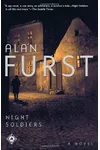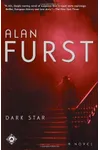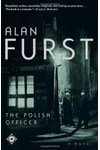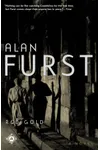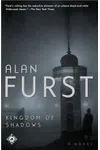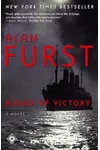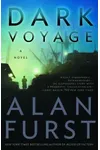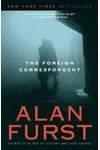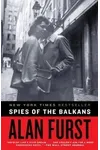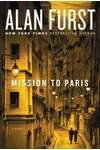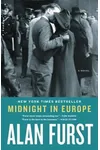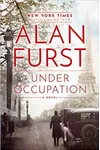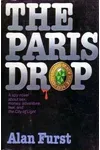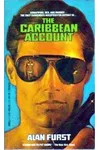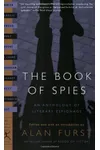Picture a New York-born storyteller who traded taxi cabs for clandestine tales of World War II Europe—meet Alan Furst! Widely hailed as the master of historical spy novels, Furst weaves gripping espionage stories that transport readers to the shadowy streets of 1930s and 1940s Europe. With a knack for vivid settings and morally complex characters, he’s earned a spot as the heir to literary giants like Eric Ambler and Graham Greene.
Furst’s journey from Manhattan’s Upper West Side to the heart of Paris fueled his unique voice. His novels, translated into 18 languages, capture the tension and intrigue of a world on the brink of war, making him a must-read for fans of thrilling, atmospheric fiction.
The Making of Alan Furst
Born in 1941 in New York City, Alan Furst grew up in a Jewish family with roots in Poland, Latvia, and Russia. His early years were shaped by the vibrant Upper West Side, where he attended the prestigious Horace Mann School. After earning a B.A. from Oberlin College in 1962 and an M.A. from Penn State in 1967, Furst dabbled in various gigs—taxi driver, freelance writer, even working for anthropologist Margaret Mead. A 1969 Fulbright fellowship took him to Sommières, France, sparking a lifelong love affair with European culture, especially Paris, which he calls 'the heart of civilization.'
A pivotal moment came in 1983 during a trip to Eastern Europe for Esquire, where he wrote 'The Danube Blues.' This experience ignited his passion for espionage fiction, inspired by the oppressive atmosphere of a police state. By 1988, his breakthrough novel, Night Soldiers, launched a career that would redefine the historical spy genre.
Alan Furst’s Unforgettable Stories
Furst’s Night Soldiers series, spanning 15 novels, is his crowning achievement. Set between 1933 and 1945, these books plunge readers into the lives of ordinary people—journalists, film producers, émigrés—turned reluctant spies in the fight against fascism. His prose is meticulous yet evocative, blending historical accuracy with noir-like tension. Unlike gadget-heavy spy thrillers, Furst focuses on moral ambiguity and the human cost of war.
Key works include Night Soldiers (1988), which follows a Bulgarian recruit navigating Soviet espionage and the Spanish Civil War; Dark Star (1991), a sprawling tale of a Pravda journalist caught in Europe’s pre-war chaos; The Polish Officer (1995), a gripping story of a cartographer-turned-spy; and Under Occupation (2019), where a French crime writer joins the Resistance. Each novel stands alone, but recurring characters like Count Janos Polanyi weave a rich, interconnected tapestry.
Furst’s style is cinematic, often described as '40s novels written today.' He avoids predictable heroics, instead crafting flawed, relatable protagonists who stumble into espionage. His deep research—drawing from first-person accounts and period details like Siemens teletype machines—brings authenticity to every train ride, café, and clandestine meeting.
Why Alan Furst Matters
Alan Furst’s impact lies in his ability to humanize history. By focusing on lesser-known corners of World War II—Eastern Europe, the Balkans, occupied Paris—he sheds light on the courage and compromises of ordinary people. Critics compare him to Greene and John le Carré for his nuanced exploration of good versus evil. His novels, bestsellers with over a million copies sold, resonate with readers seeking thrilling yet thoughtful historical fiction.
In 2011, Furst received the Helmerich Award for his distinguished body of work, cementing his legacy. His stories remind us that heroism often emerges in the quiet, desperate moments of resistance, making his work timeless in an era of moral complexity.
- Birth Date: February 20, 1941
- Key Works: Night Soldiers, Dark Star, The Polish Officer, Under Occupation
- Award: Helmerich Award (2011)
- Lives: Sag Harbor, Long Island
Ready to slip into the smoky cafés and perilous alleys of Furst’s Europe? Snag Night Soldiers and dive into Alan Furst’s masterful spy world!
